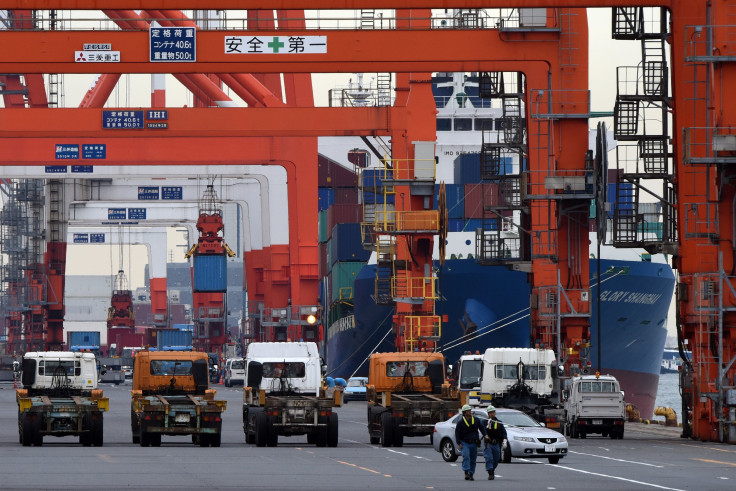Japan Pegs 2016 Growth At 1.7%; Set To Boost Stimulus To Record Levels

The Japanese government reportedly forecast the country’s gross domestic product (GDP) to grow about 1.7 percent in real terms in 2016, led by recovering consumer sentiment and renewed capital spending. The projection was more optimistic than the Bank of Japan (BOJ) forecast, which put real GDP growth at 1.4 percent for 2016 in late October.
In nominal terms, GDP will likely expand around 3.1 percent in the next fiscal year to around 518.8 trillion yen ($4.3 trillion), local media reports said Tuesday, surpassing the 513 trillion yen ($4.24 billion) GDP recorded in fiscal 2007 before the financial crisis.
In a separate announcement Tuesday, Finance Minister Taro Aso announced several stimulus measures to foster Japan’s fledgling growth next year. The Japanese government is planning a record spending of 96.7 trillion yen ($797.5 billion) next fiscal year to boost growth in a fragile economy.
Tokyo is also looking to curb a ballooning debt burden in the expanded budget, set to be unveiled Thursday.
"This budget is appropriate for marking the first step towards our new fiscal plan while we aim for economic revival and fiscal consolidation at the same time," Aso told reporters after he presented the budget figures at a meeting between government officials and party lawmakers.
Aso also said tax revenue in 2016 is estimated at a 25-year high of 57.6 trillion yen ($476.3 billion).
On the inflation front, the government projected consumer prices to rise around 1.2 percent in 2016 from a year earlier, falling short of the 2 percent inflation target set by the BOJ, largely due to declining crude oil prices.
Meanwhile, Tokyo also lowered its 2015 GDP growth target to 1.2 percent from a July projection of 1.5 percent, citing a slowdown in emerging markets and delayed recovery in capital investment.
Japan’s economy — the world’s third-largest — narrowly avoided a technical recession this year after its growth for the quarter ending September, initially thought to have fallen by 0.8 percent, was revised to an annualized gain of 1 percent, according to official data in December, giving the BOJ some leeway to adjust monetary policy and stimulus measures.
Two consecutive quarters of negative GDP growth is usually taken as a technical indicator of a recession.
© Copyright IBTimes 2025. All rights reserved.





















